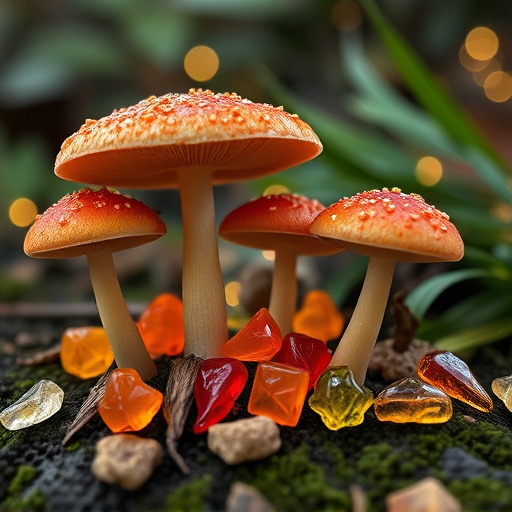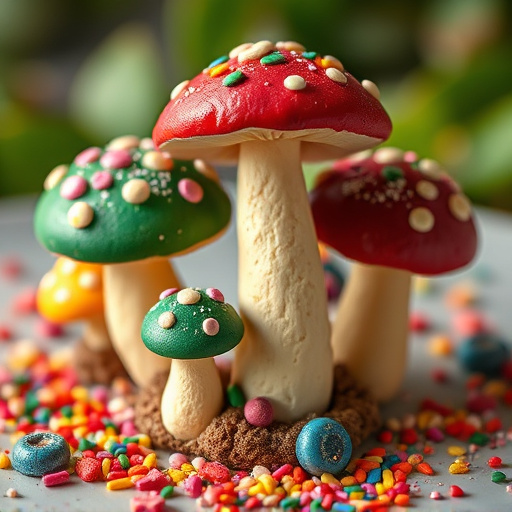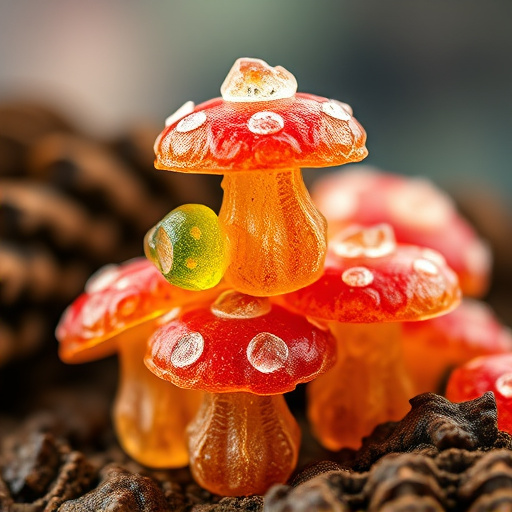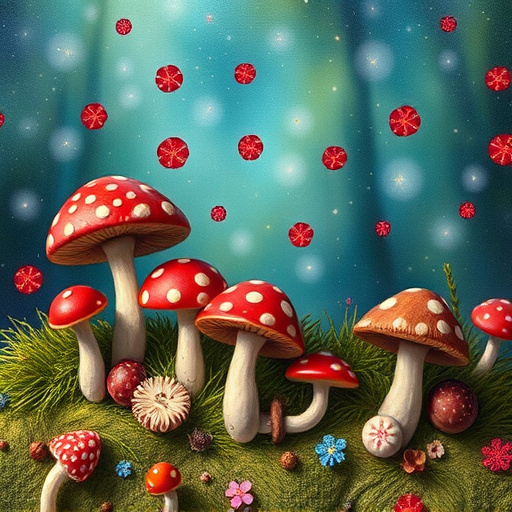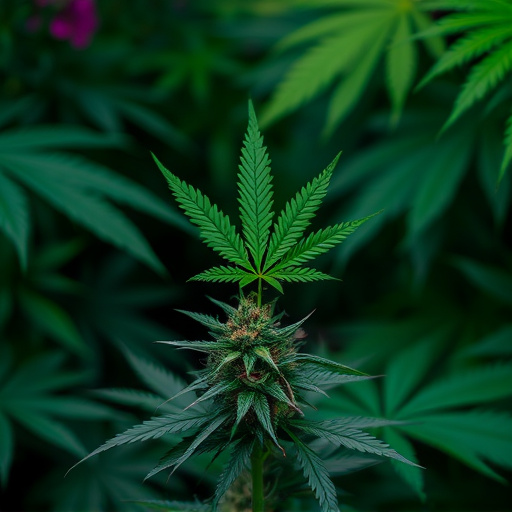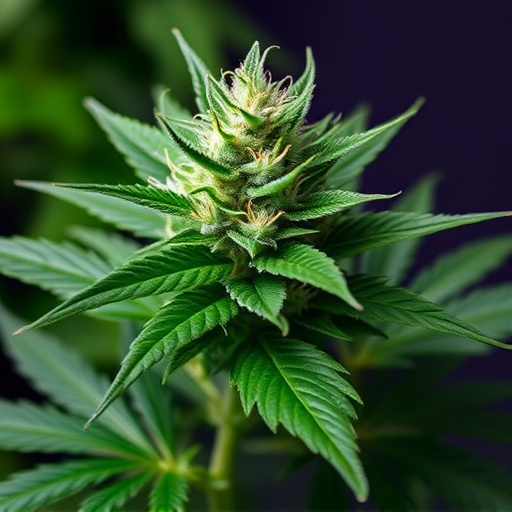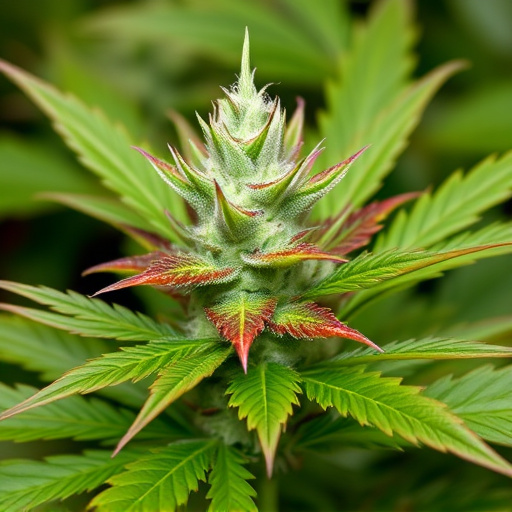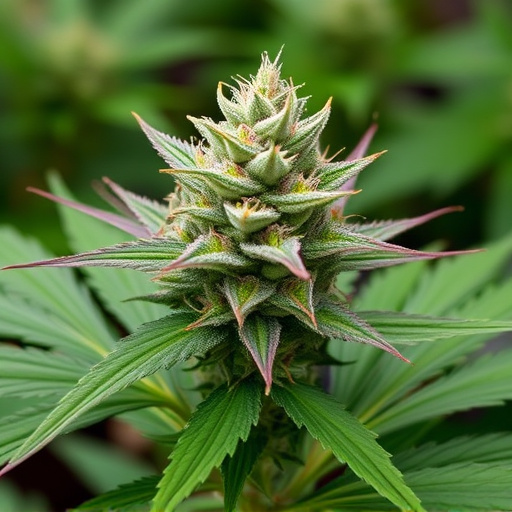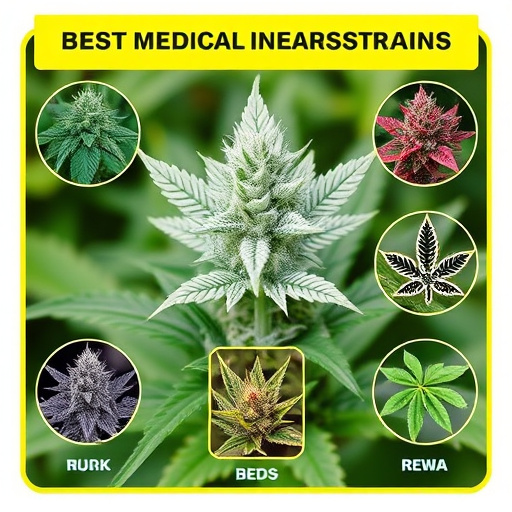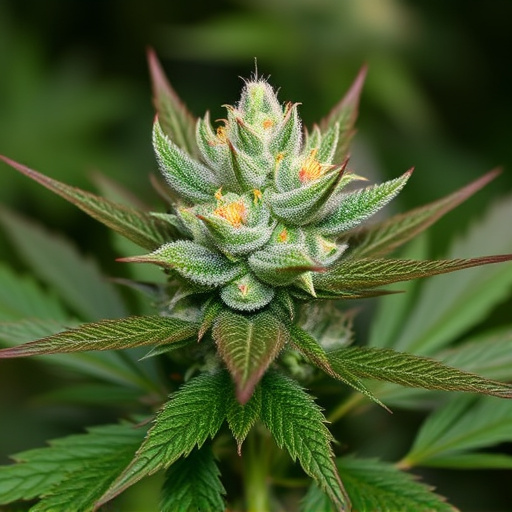Understanding cannabinoid and terpene profiles is crucial for selecting the best medical cannabis strains, as these chemical compounds influence potency and therapeutic effects. Unique colors like purple, red, and blue signal genetic traits and enzyme activity that impact cannabinoid production and flower pigmentation. Environmental factors like temperature, night length, nutrients, and sunlight exposure enhance anthocyanin levels, contributing to the vibrant hues and distinct medicinal properties of sought-after best medical cannabis strains.
Uncover the captivating secrets behind the vibrant hues that transform cannabis flowers into stunning purple, red, and blue spectacles. This article explores the intricate interplay of science and nature that creates these rare and sought-after varieties, particularly in the context of the best medical cannabis strains. From understanding cannabinoid and terpene profiles to deciphering genetic codes and environmental impacts, each factor contributes to the unique pigmentation that fascinates cultivators and enthusiasts alike.
- Understanding Cannabinoid and Terpene Profiles
- Genetic Factors and the Role of PGMs
- Environmental Influences on Pigmentation in Cannabis Flowers
Understanding Cannabinoid and Terpene Profiles
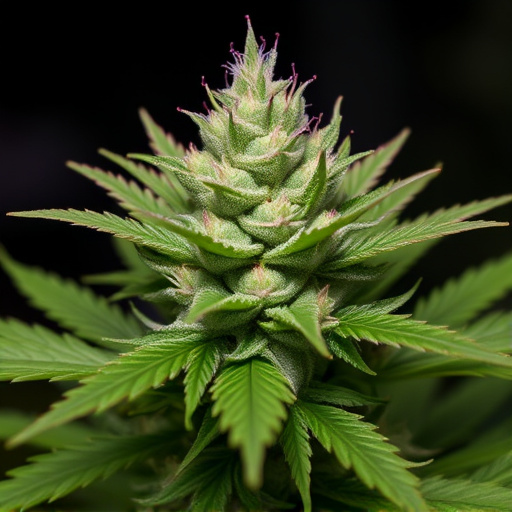
Understanding Cannabinoid and Terpene Profiles
The vibrant colors of purple, red, and blue in weed aren’t just aesthetically pleasing; they’re a window into the unique profiles of cannabinoids and terpenes present in each strain. Cannabinoids like THC and CBD, along with a myriad of terpenes—aromatic compounds responsible for flavors and scents—combine to create distinct experiences often sought by users looking for the best medical cannabis strains. These chemical interactions influence not just the potency but also the therapeutic benefits, making each color variant a special offering in the world of medical cannabis.
Terpenes, such as myrcene, pinene, and linalool, contribute to the recognizable aromas and can even moderate the effects of cannabinoids. The interplay between these chemical components results in a range of potential medicinal applications, from relaxation and stress relief to pain management and anti-inflammatory properties. Thus, knowing the cannabinoid and terpene profiles is crucial for users aiming to harness the full potential of medical cannabis, selecting strains that best align with their individual needs and preferences.
Genetic Factors and the Role of PGMs
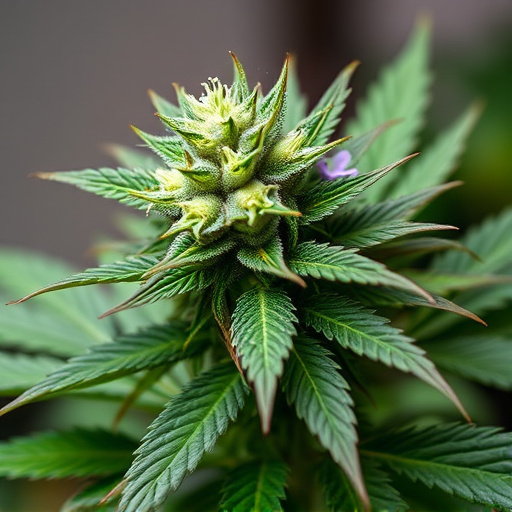
The unique colors of purple, red, and blue in certain cannabis strains aren’t just for show; they’re often indications of specific genetic traits that can significantly impact both appearance and effect. One key player in this color palette is a group of enzymes known as phosphoglucomutases (PGMs). These enzymes play a crucial role in the plant’s metabolism, particularly in the synthesis of cannabinoids like THC and CBD.
Varieties that exhibit these vibrant hues often have altered PGM activity, leading to variations in cannabinoid production. For example, increased PGM activity can result in higher concentrations of anthocyanins, natural pigments responsible for red, purple, and blue colors in many plants, including cannabis. This genetic factor contributes to not only the striking visual appeal but also potentially different therapeutic properties, making certain “best medical cannabis strains” with these colors particularly sought-after among patients looking for specific effects.
Environmental Influences on Pigmentation in Cannabis Flowers
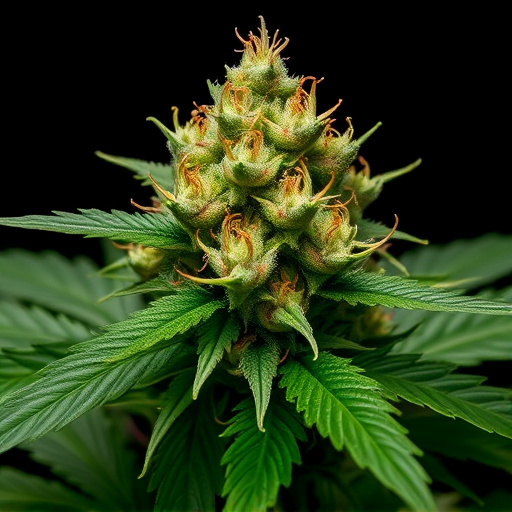
The environmental conditions during cannabis plants’ growth can significantly impact the pigmentation of their flowers, leading to the appearance of purple, red, and blue hues. These colors are not just aesthetically pleasing but often indicate the presence of unique chemical compounds that contribute to the plant’s medicinal properties. Factors like temperature, sunlight exposure, and nutrient availability play a crucial role in determining the final color of cannabis flowers.
For instance, cooler temperatures and increased night lengths can trigger the production of anthocyanins, natural pigments responsible for red and purple colors in many plants, including cannabis. Additionally, certain strains, known for their best medical cannabis strains qualities, may naturally accumulate higher levels of these pigments due to genetic predispositions. Sunlight exposure also influences pigment synthesis, with varying intensities affecting the plant’s ability to produce specific compounds, ultimately shaping the final aesthetic and potential therapeutic benefits.
The vibrant colors of purple, red, and blue in cannabis flowers are not just aesthetic; they are a result of complex interactions between cannabinoids, terpenes, genetic factors, and environmental conditions. Understanding these elements is key to appreciating the diversity and potential benefits of the best medical cannabis strains. By unraveling the causes behind these distinctive pigmentations, researchers contribute to the development of high-quality, therapeutic plants that meet the unique needs of patients worldwide.
